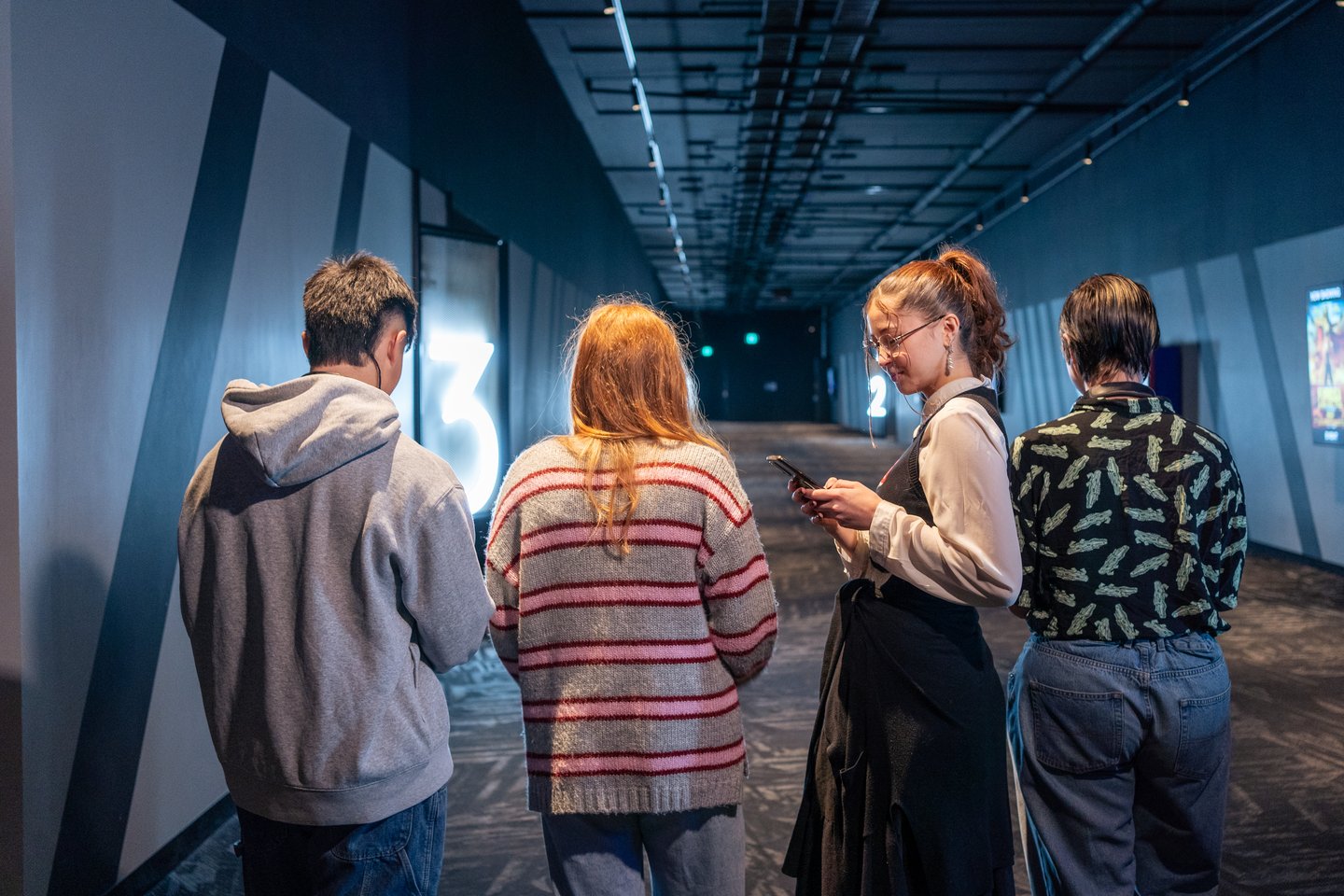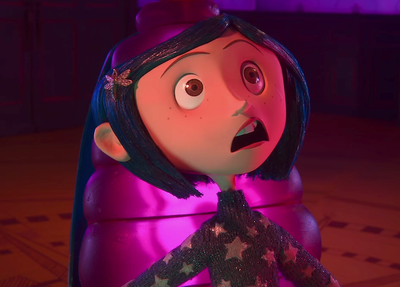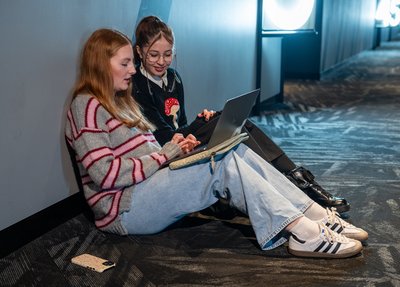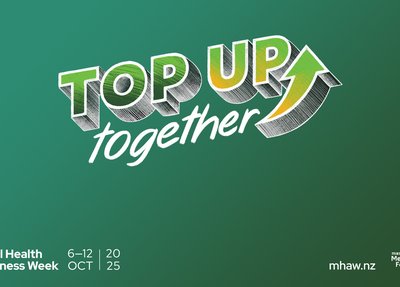
More Than a Rating: Why young people want more information before hitting play
Jess on July 3, 2025
This blog is written by Amelia, a media studies student from Otago Girls' High School. It is one of two guest blogs she has done in celebration of Media Literacy week 2025.
During Media Literacy Week we support media studies students to write guest blogs about their personal experience of media and staying safe when using media.
Media Literacy Week aims to equip secondary students with vital skills to navigate the complexities of the digital age, fostering critical thinking and resilience in the online realm. It’s run during Term 2 at schools and kura around Aotearoa New Zealand.
Here at Classification Office – Te Mana Whakaatu we love media literacy. Being aware of media, how to use it, interpret it, decode it, and verify it, means we can be safe out there. We tautoko this education push to improve media literacy for rangatahi.
Read on for Amelia’s blog about how she chooses what to watch — and how to stay safe while doing it.
We’ve all been there. Hovering over a title on Netflix or Disney+, thumb positioned over the play button, but something holds us back. What is this show really about? Is it funny, heavy, weirdly gory, or just not what I’m in the mood for? A five-second genre tag or a vague rating isn’t cutting it anymore, and young people are saying so, loudly and clearly.
I want to be able to decide what to watch with real control, without having the whole story ruined for me. And I know I’m not alone: a lot of young people feel the same. With so much content out there, the last thing I want is to waste time – or emotional energy, let’s be real – on something that ends up being upsetting or totally different from what I expected. My friends and I aren’t asking for full spoilers or detailed breakdowns, we just want a clear, honest sense of what we’re getting into. A heads-up, not a play-by-play. It’s about having the information we need to make the right choice for ourselves.
Enter content breakdowns: short, spoiler-free summaries for films and series that dig deeper than “R13” or “violence and offensive language.” Instead of just content warnings, breakdowns give a clearer picture of the themes, tone, and even emotional intensity of what you’re about to watch. A recent example of a popular film is the new release Materialists — while it was marketed as a glossy romantic comedy, this content breakdown explains how it also dives into heavier themes that may take some viewers by surprise or could impact them. For a generation raised on transparency, that matters. It’s not about being sensitive. It’s about having choice, and control. The kind that helps you decide if tonight is a light-comedy-with-some-drama kind of night, or if you’re up for a full-on psychological thriller. Maybe you’re avoiding a topic that hits too close to home right now. Either way, breakdowns let you decide, not the algorithm.
The Classification Office’s Find a Rating tool is tapping into that need. It's a New Zealand database full of age ratings and content warnings, but more importantly includes content breakdowns of popular, trending and classic films and series! The content breakdowns don’t just tell you the age rating, they go further, giving a quick but clear rundown of what you’ll find in a film or series, without spoiling the story. The guidance feels human, not robotic, and that they respect the viewer. It’s not about filtering or censoring, it’s about giving people the knowledge to make their own calls. You’re not being told what to watch or avoid, but instead, you’re just being given enough context to make a decision that feels right for you. That small shift from protecting viewers from harm to assisting them makes a big difference. Especially for younger people who care about mental health, consent, and navigating tricky topics in media. Knowing a show deals with suicide or racism doesn’t ruin the story, it means you’re not blind-sided halfway through episode two.
I’m not asking to be shielded, young people want to be informed. We want the freedom to choose, with context. To opt in, or out, on our own terms. Content breakdowns offer just enough insight to help make that call, without sucking the mystery out of the story. It’s built on the idea that informed watching is better watching. In a world where streaming queues are endless and attention is limited, having that kind of clarity upfront isn’t just helpful, it’s empowering.
So next time you see a breakdown before a movie or game, remember: it’s not just a list of warnings. It’s a tool for better watching. And for young people, that’s not just helpful, it’s essential. Because hitting play shouldn’t feel like a gamble. It should feel like a choice, and a good one.
Read the other guest blogs in our 2024 Media Literacy series
Further reading
Subscribe to our blog
Stay up to date with the Classification Office blog.


